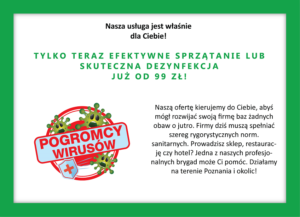Masks may increase risk of infection
Claim: Masks can become contaminated very quickly, and every time the wearer breathes in, they inhale contaminants
Masks can be a source of infection for the person wearing them, according to the WHO.
A 2017 study involving 16 healthcare professionals showed that self-contamination was common when the volunteers were putting on and removing medical-grade personal protective equipment.
The CDC recommend that people do not touch their face covering while wearing a face mask in public and that they wash their hands if they do so accidentally.
Medical-grade masks block microorganisms from reaching the wearer’s nose and mouth. It is not clear whether this applies to homemade face coverings as well.
In a recent study, which as not yet undergone peer review, researchers tested different fabrics to see how many different sized droplets would pass through.
“We found that most home fabrics substantially block droplets, even as a single layer. With two layers, blocking performance can reach that of a surgical mask without significantly compromising breathability,” the authors wrote in the manuscript.
Claim: Masks can lead to pneumonia or other lung infections
There is no evidence indicating that masks increase the wearer’s risk of developing pneumonia or other bacterial, viral, or fungal lung infections.
The WHO acknowledge that if a person wears the same mask for a long time, microorganisms may grow on the fabric.
The CDC recommend that a person removes the face covering once they return home and washes it before using it again.
“All masks should be changed if wet or visibly soiled; a wet mask should not be worn for an extended period of time. […] Either discard the mask or place it in a sealable bag where it is kept until it can be washed and cleaned,” the WHO advise.
Alex
Koordynator projektu





I love reading your site.